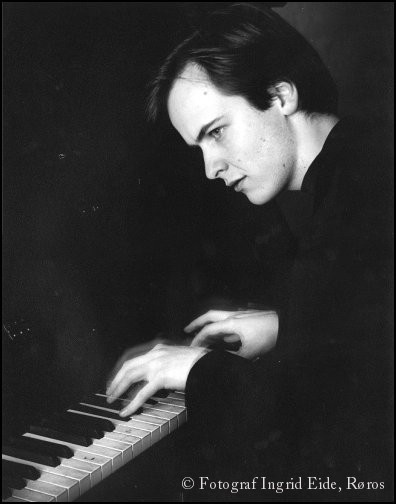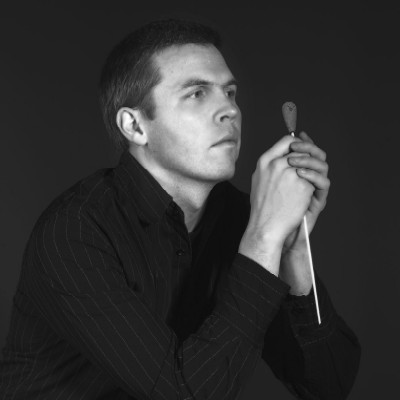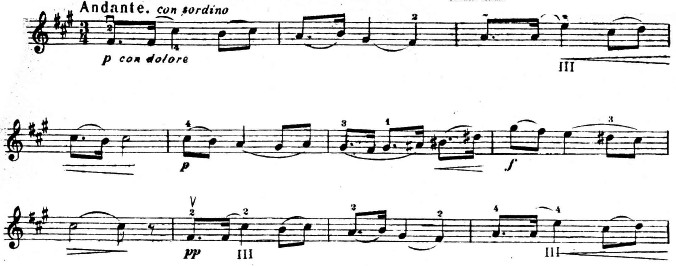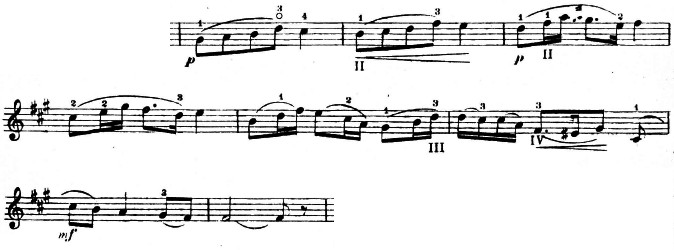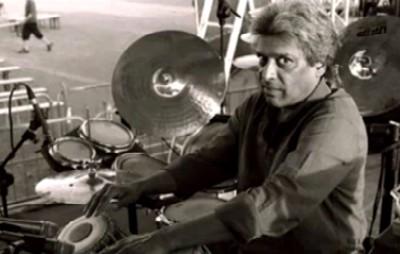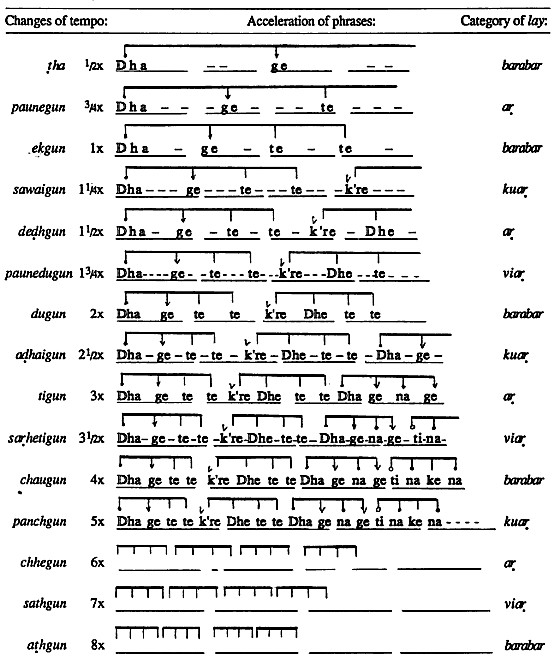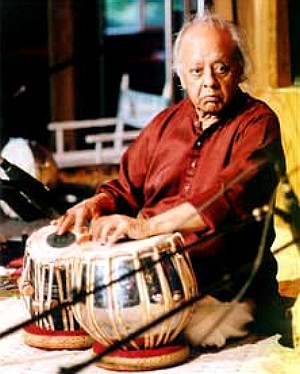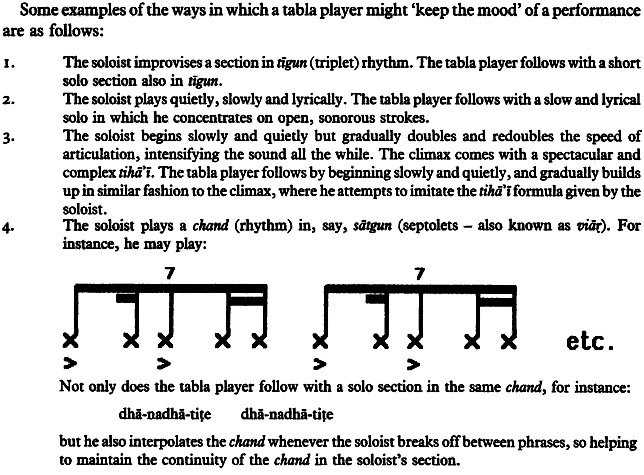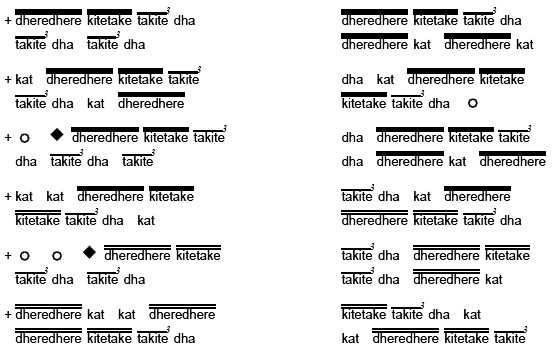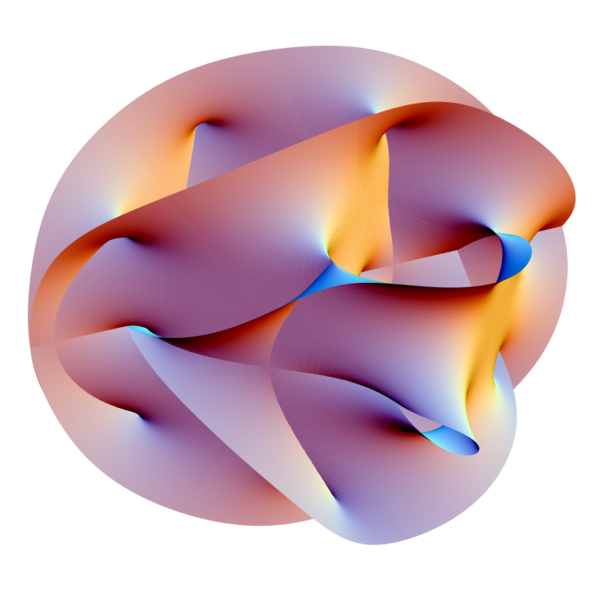
O biondi capelliM usica Nuova’s S°HIP performance last night at Emmanuel Church in Boston was thoroughly enjoyable.
Che preso m’havete!
Di voi cosi belli
Amor fa le reti.
Acciò che frà l’ombra
Secùra vi tendi.
E mille poi prendi
Di cuori rubella—
O, biondi capelli!”
[O, blonde hairs
that have captured me!
From you, blond ones,
Love spins nets
that must securely stretch
Amongst the shadows,
there to capture
Thousands of hawt hearts
O, fair hawt hearts!]
— Giovanni Ghizzolo, ‘Ahi, quanto ne godo’.
T his Musica Nuova performance was part of S°HIP’s twenty-third season, which this year runs for seven weeks (30-JUN through 06-AUG) with events at various venues in and around Boston. Focusing on works from the Renaissance through 18th Century, SoHIP embraces eclectic programs and productions like Musica Nuova’s, as well as more ‘conventional’ HIP (historically-informed performance) interpretations.
T he Emmanuel Church’s Lindsey Chapel, a narrow 12 meters wide by 25 meters long, was acoustically well suited to the size and sound of this ensemble and the 80 or so attendees who turned out for the performance. The conceit for last night’s ‘Turbulent Love Songs’ program was romance in the modern workplace/office. On the steps and floor of the chancel at the front were arranged a filing cabinet, coffee pot, and two back-to-back office chairs and desks where Ms. Keil and Mr. Scoggin conducted their business activities, shuffling and stapling papers, texting on their mobile phones (whence, the program's subtitle ‘BlackBerry® Jam’), and so forth. The nature of their office work is grey, drudgerous, and uninspiring—and each is hoping to find meaning in Life through other non-commercial pursuits. Mr. Scoggin (Tirsi) makes an amorous overture to Ms. Keil (Filli), and the succession of songs carries the pair through a tumultuous arc from initial besotted mutual infatuation, to disappointment and annoyance, to pique (Tirsi pitches the flower he has given to Filli on the floor in disgust), to reconciliation and finally loving rapprochement that comes with each realistically gauging the sentiments and potential that the other offers.
- da Gagliano (1582-1643)—Lo vidi in terra
- d’India (1582-1629)—Lo viddi in terra
- Rossi (1597-1665)—Fanciulla so io
- Piccinini (1566-1638)—Prelude
- Caccini (1551-1618)—Ardi, cor mio
- Caccini—Dolcissimo sospiro
- Caccini—Non più guerra
- Cima (1570-1630)—Sonata
- Ghizzolo (?—c.1625)—Odi, Filli, che tuona
- Ghizzolo—Ecco, felici Amanti
- Steffani (1654-1728)—Sia maledetto Amor
- Frescobaldi (1583-1643)—Partite sopra l’aria della Romanesca
- Monteverdi (1567-1643)—Voglio di vita uscir
- Ghizzolo—Tirsi mio, caro Tirsi
- Piccinini—Toccata IV
- Monteverdi—Eri già tutta mia
- Caccinini—Sfogava con le stelle
- Ghizzolo—Perche piangi pastore?
- Ghizzolo—Ahi, quanto ne godo
I nstrumental interludes were well-chosen—enhancing the narrative arc and pace of the love story and also showcasing, in turn, the particular strengths of Cartreine’s, Lemire’s, and Shalem’s playing. Scoggin’s and Keil’s singing was masterful; each brought a rich voice and dramatic poignancy to his/her role. The two navigated the tremendous intricacy of the 17th Century Italian texts in a manner that seemed, to us in the audience, nearly effortless. Amazing, in fact.
I can only imagine that this light-hearted, dramatic production would be successful in engaging young audiences and those who love musicals. In other words, this program would be highly effective for chamber music presenters whose goals include ‘new audience’ development and marketing to those who might not otherwise think they would like 17th Century music.
- Suzanne Cartreine, harpsichord
- Amanda Keil, mezzo-soprano
- Scott Lemire, theorbo
- Josh Schrieber Shalem, bass & treble viola da gamba
- Thann Scoggin, baritone
M usica Nuova takes its name from Giulio Caccini’s 1602 book of songs ‘Le Nuove Musiche’. Caccini was one of the pioneers of monody, a vocal style that involves intensive ornamentation, rhythmic textures, and expressive harmonies. These songs were precursors to modern opera and oratorio.
S uzanne Cartreine, harpsichord, is currently pursuing a MusD in Harpsichord and Historical Performance at Boston University. As a pianist and harpsichordist, she performs solo and chamber music in New England and Canada. As a choral singer she has performed with the Boston Symphony Orchestra and Tokyo Academy Chorus, among others. Suzie is the organist and Director of Music at the First Parish Church of Stow and Acton, where she conducts two choirs and oversees an active music program that engages over 100 volunteer musicians each year. Under her direction, they have just produced their first CD, In dulci jubilo, a collection of Christmas music. Suzie teaches piano and has a BA in Physics from Macalester College in St. Paul and a MMus in Piano Performance from Temple University.
A manda Keil, mezzo-soprano, has appeared in the role of Florence Pike in Albert Herring and as Third Lady in The Magic Flute [both with the Intermezzo Young Artist Program], Orlofsky in Die Fledermaus [Opera del West], La Chatte in L’enfant et les sortilèges [MetroWest Opera], the Fairy Queen in Iolanthe [MIT], and Nerone in L’Incoronazione di Poppea [OperaHub]. She has appeared with The Boston Camerata in Tristan et Iseult. Amanda holds a masters degree in voice and historical performance from Boston University, and a bachelors degree in French horn performance from The Hartt School.
S cott Lemire performs lute, theorbo, and vihuela, in solo and continuo roles. In addition to Musica Nuova, he has appeared with Sette Monti, Ars et Amici, New York Classical Guitar Society, and Williamsburg, Virginia, Music For A While. He has also performed with several New England orchestras including productions of Monteverdi’s L’Orfeo, Purcell’s Dido and Aeneas, and New England Conservatory’s production of Cavalli’s L’Egisto.
J oshua Schreiber Shalem studied cello with Maxine Newman at Bennington College where he was a member of the Bennington Cello Quartet and the Early Music Ensemble. Josh is founding member of the ensembles Seven Times Salt, an English Consort, and Longy & Away, a consort of viols. He is currently completing a Masters of Music at the Longy School of Music, where he studies with Jane Hershey. In addition to his performance and Feldenkrais activities, Josh is active in Boston’s Jewish community as an educator and cantorial soloist.
T hann Scoggin, baritone, has appeared as soloist with numerous ensembles in such diverse concert repertoire as Monteverdi’s Selva morale, J. S. Bach’s St. John and St. Matthew Passions, Telemann’s Der Tod Jesu, Handel’s Messiah, Beethoven’s Mass in C, the Requiems of Fauré and Duruflé, and Arvo Pärt’s ‘Passio’. His operatic repertoire includes the roles of Leporello in Don Giovanni, Don Alfonso in Così fan tutte, and Betto in Gianni Schicchi. He took his Bachelor’s degree at UNT, where he studied early music performance with Lyle Nordstrom and Lenora McCroskey. Before relocating to Boston in 2007, Thann appeared regularly with the Dallas Bach Society, Orchestra of New Spain, Texas Choral Artists, the Helios Ensemble, and the University of North Texas Collegium Musicum. Besides Music Nuova, Thann currently performs with Exsultemus, the Boston Secession and the choir of the Church of the Advent.
T he next SoHIP event will be 7 Hills Renaissance Wind Band (16th Century German Wind Music from the Hapsburg Courts) on Tuesday, 28-JUL.
- Society for Historically Informed Performance (S°HIP) website
- Musica Nuova website
- Alexander R, Savino R, eds. Francesca Caccini's Il primo libro delle musiche of 1618: A Modern Critical Edition of the Secular Monodies. Indiana Univ, 1997.
- Cohen J, ed. Giovanni Ghizzolo: Madrigali et arie per sonare et cantare. Recent Res in Music of Baroque Era, Vol. 88. A-R, 2005.
- Glixon B, Glixon J. Inventing the Business of Opera: The Impresario and His World in Seventeenth-Century Venice. Oxford Univ, 2005.
- Haynes B. The End of Early Music: A Period Performer's History of Music for the Twenty-First Century. Oxford Univ, 2007.
- Ringer M. Opera’s First Master: The Musical Dramas of Claudio Monteverdi. Amadeus, 2006.
- Rosand E. Opera in Seventeenth-Century Venice: The Creation of a Genre. Univ California, 2007.
